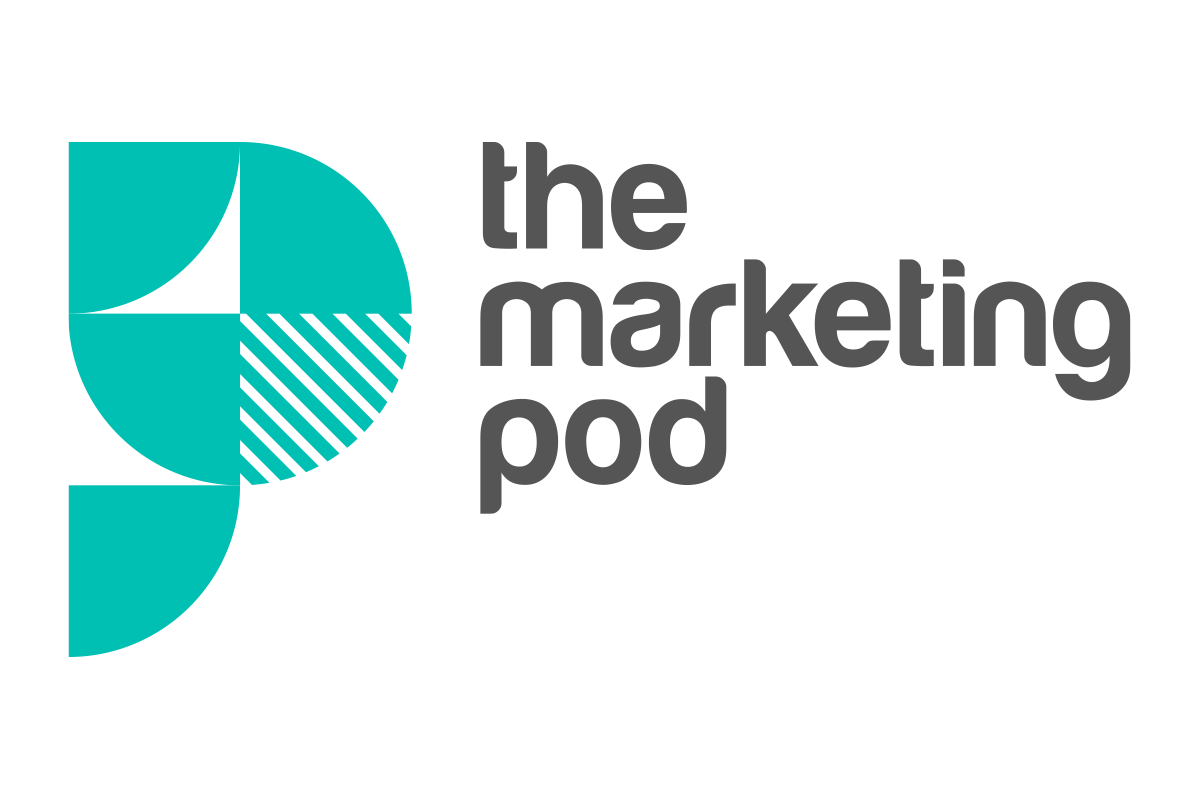3 B2B content trends all marketing teams need to know
B2B content marketing has continued its rapid evolution this year, driven by social media, technology and AI. This blog explores how and why things are changing, with an emphasis on the importance of human-centred content, the rise of short videos, and a shift towards quality over quantity.
Remember: As the industry adapts and more changes appear on the horizon, the core principles of compelling storytelling remain unchanged. With that in mind, let’s take a look at how best to connect with your audience, foster engagement and be the voice your customers want to hear.
There’s no doubt the world of content writing and B2B marketing is seeing a monumental shift at the moment. The ever-evolving world of social media, technology and (of course) artificial intelligence is changing both the way our audiences find and consume advertising and the way we produce it. It’s reflected in some of the trends we've seen growing stronger over the summer. Namely, the importance of human-centred content, the rise of video shorts and the shift towards quality over quantity.
Despite the pace of change, we don’t believe there’s anything content creators need to be afraid of. Behind the changing channel mix and AI hype are the same writing principles we’ve always depended on: compelling headlines, captivating intros and a clear structure. We can continue to feel confident whenever we’re using language that is designed to connect with our target audience, to solve their problems and encourage them to take action. We simply need to adapt to new ways of applying what we already know.
Trend 1: Injecting humanity into B2B content
Traditionally, B2B marketing has been perceived as more product-centric than its B2C counterpart. However, this outlook has been changing rapidly, and B2B brands are recognising the need to create more relatable and engaging content.
One key aspect of this transformation is injecting humanity into your B2B content. Gone are the days of faceless corporations; today's audiences want to connect with real people. Showcasing the faces and personalities behind your brand is an excellent way to build trust and authenticity. It humanises your brand and makes it more approachable.
Addressing your audience's challenges and pain points is also crucial. This approach not only keeps your audience engaged but also benefits your SEO efforts. When your content provides solutions to real problems, it answers a user intent, and becomes more valuable and shareable - increasing its visibility online.
Trend 2: The power of video shorts
One of the most significant trends sweeping the content marketing landscape is the popularity of short videos, lasting 60 seconds or less. This is thanks to platforms like YouTube Shorts, Instagram Reels and – of course – TikTok. B2B brands can tap into this trend to create compelling, shareable content.
To make the most of video shorts, consider the following tips:
Cut intros: Avoid long introductions. Start with a captivating hook that grabs the viewer's attention immediately. Understand your audience and use emotional triggers that connect to your value proposition.
Build tension: Create a story or scenario that builds tension, highlighting a problem your audience can relate to. Then present your solution or value proposition as the solution.
Conclude with a call to action: End your video with a clear and concise call to action. Whether it's directing viewers to your website, encouraging them to like and share, or suggesting they comment with their thoughts, make sure your audience knows what to do next.
Have you downloaded our call to action cheat sheet yet?
The power of short videos lies in their ability to convey a message quickly and effectively, making them perfect for grabbing busy professionals' attention in the B2B sphere.
Trend 3: Think quality over quantity
In the past, the prevailing wisdom in content marketing seemed to be to produce as much content as possible to win the ‘content war’. Thankfully, times have changed and search engines are becoming more sophisticated and user-centric.
While it's still essential to produce content regularly to maintain a fresh online presence, the focus has shifted towards quality over quantity. Creating vast quantities of poorly researched content is no longer sufficient and can even have adverse effects.
Here's what defines quality content in B2B:
No keyword stuffing: Avoid overpacking your content with keywords. Instead, focus on providing genuine value to your audience.
Fresh perspectives: Offer new information or a fresh perspective on existing topics. Don;t be afraid to have a strong opinion, as long as it’s well informed.
Be entertaining: Content should be both engaging and educational. Infuse it with your brand's personality and style.
Timing is key: Deliver your content when your audience is most active and receptive to it.
Regular updates: Keep older content fresh by regularly updating and editing it. This not only maintains relevance but also boosts your SEO rankings.
Discover which content is best for lead generation.
It's crucial to strike a balance between frequency and quality. Develop a content plan that you can manage consistently, even if it means posting less frequently. This ensures that each piece of content you publish adds value and resonates with your audience.
For more insight into the latest trends in B2B content and PR, and to hear why accuracy, accountability and authenticity are more important than ever right now, why not head over to our podcast.
If you want to create content that connects with your audiences, we can help. Why not get in touch today to talk through your ideas.

